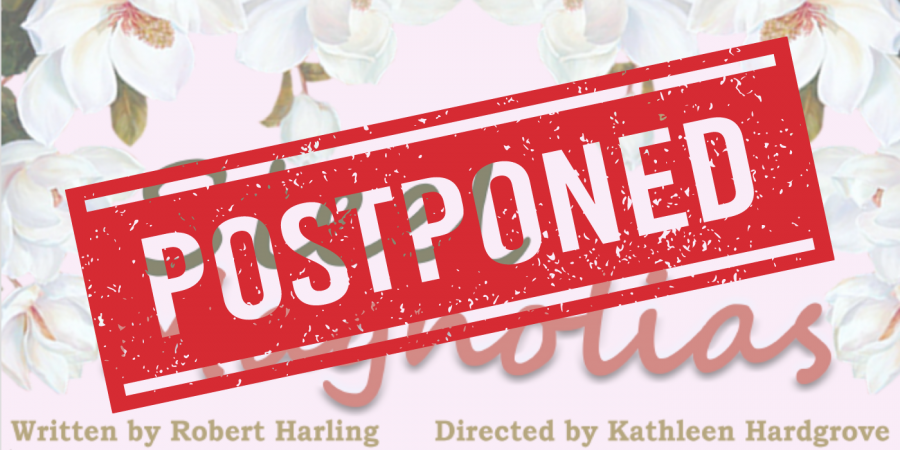by Dani Norton
Staff writer
Gary Ross’ “The Hunger Games,” adapted from the book of the same name by Suzanne Collins, now holds the record for biggest box office debut for a non-sequel. It also enjoyed the third best opening weekend in box office history with $152 million, behind the final “Harry Potter” installment and “The Dark Knight.” That’s a lot of hype to live up to, so did Ross and the rest of the gang earn those impressive numbers?
“The Hunger Games” is set in the futuristic, dystopian nation of Panem, which is divided into 12 poverty-stricken districts and one wealthy capital. The districts are poor because 75 years earlier, the nation rebelled against its government. And it lost. Badly.
Now, as a reminder of everything lost during the rebellion, each district is required to offer two of its children, a boy and a girl, as tribute to the Hunger Games, an arena-style battle where only one child comes out alive.
Katniss Everdeen, played by Jennifer Lawrence, is the story’s protagonist whose younger sister is chosen as tribute (by having her name drawn during a process ominously referred to as “the Reaping”) for their home of District 12. Katniss volunteers herself to go in her sister’s place, and she travels to the Capitol to begin her struggle to survive the Hunger Games.
As with any book adaptation, much of the fat of a story must be trimmed to make a good movie. This must be a horrifically difficult task since so few filmmakers can get it right. However, “The Hunger Games” makes decent use of its time, most likely because the book’s author helped write the screenplay.
There were still moments where those who haven’t read the books might be missing out on some key information. These blank spots weren’t necessarily plot holes, just areas where some rich storytelling had to be sacrificed to keep the film below a three hour runtime.
For example, one of the most common criticisms from fans of the series is that Katniss’ relationship with her fellow tribute Peeta Mellark is somewhat downplayed in the movie, despite it being a huge part of the book.
While a generic love story is not exactly the most exciting aspect of the series, it is omissions like this that make the film version feel a little empty. Without the interpersonal conflicts that built strong character identity in the book, “The Hunger Games” is basically just about a girl running around in the woods with a bow and arrow, trying to avoid getting stabbed.
The Games are certainly the focus of the story, but if you’re going to see this movie on a whim, don’t expect to find out why the citizens of the capital like to watch children kill each other for sport, or why there are little presents floating down from the sky to Katniss. Small things like that were sort of lost in translation.
Additionally, the graphic violence described in the novel was toned down to suit the younger audiences who would undoubtedly flock to see the film.
This was probably a wise decision, but Ross seems to have traded in a little extra gore for a shaky handheld camera that only adds about 30 extra unwatchable minutes to his movie, rather than subtly distort the violence that otherwise would have landed the movie an R rating.
The rough cinematography lends itself to the stark, grainy approach Ross took overall, but it also makes some scenes appear to be nothing more than blurs and people falling over.
“The Hunger Games” got one thing absolutely right, and that was casting Jennifer Lawrence as Katniss Everdeen. Lawrence was able to bring her character amazing depth and emotion, which is quite the feat considering the script had little of either.
Lawrence received critical acclaim in 2010 for her performance in the indie “Winter’s Bone.” Relatively unknown up until that point, Lawrence was nominated for an Oscar for Best Actress for the role.
Her performance in “The Hunger Games” stayed true to the poignant, determined character Collins wrote for the book. Lawrence manages to portray a young woman who is all at once iron-willed and incredibly vulnerable as she ventures out into the world beyond District 12 for the first time in her life.
It is dangerous to try to bring any beloved book to the big screen, but “The Hunger Games” does a fine job of hitting the high notes of an incredibly complex story. Though there were some problems with character development, the franchise will likely see three or four more releases in which to explore the issue.





